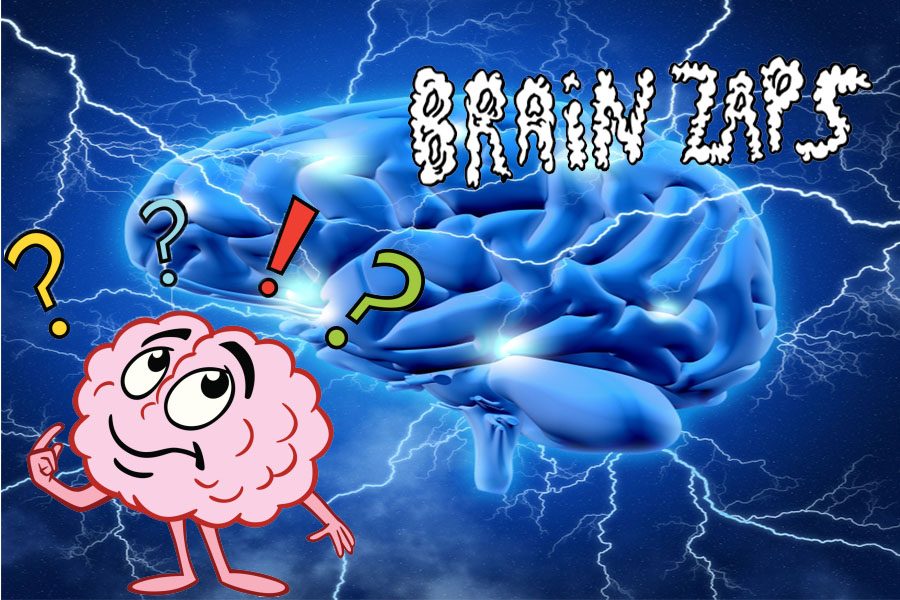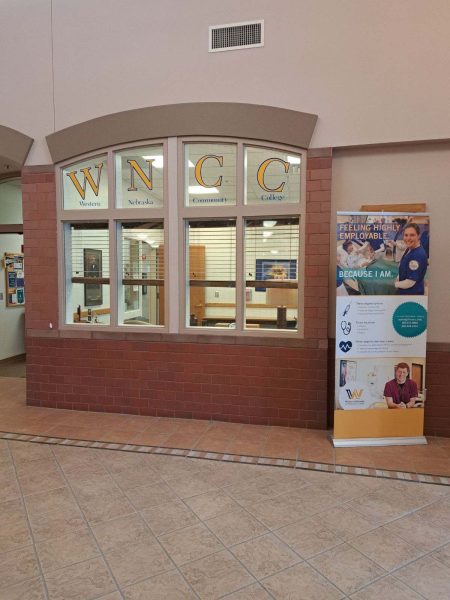Zap Back to Reality
Every high school student wants nothing more than being able to read through the notes and easily remember them for that test. So what if there was someway to help increase brain memory? Would you want to use it? Scientists have found a way to increase the memory of the brain by simply “stimulating a region of the brain known as the lateral temporal cortex, with electricity.”
Although this seems very intriguing, scientists won’t be letting just anyone do this for their muse. When studying Deep Brain Stimulation, scientists used patients with epilepsy for their research and said that this research “may one day help researchers develop technologies that could aid people with memory loss stemming from such diseases as Alzheimer’s.” However, researchers still need more time to experiment with this to see if it is a potential treatment for memory improvement on Alzheimer patients.
Scientists and Doctors have been using different types of “brain zaps” since the 1980’s, when the Transcranial Magnetic Stimulation (TMS) was first being used, it was a treatment for major depression. TMS uses magnetic pulses to target certain areas of the brain. Just like this, Deep Brain Stimulation (DBS) uses electrodes implanted into the brain to target specific regions.
One experiment that researchers in the Mayo study had done was having a group of people read through a list of words, then try to remember them. They tested this on 22 people, and out of that group, the four with whom had the lateral temporal cortex region of their brain electronically stimulated recalled the most words out of the whole group. Which, of course is not too surprising because that is the part of the brain that helps us process language.
Researchers from the University of Pennsylvania were not as concerned about which part of the brain got the electric shock, but were more concerned on when it got the electric shock. They had done previous research that showed that zapping the brain at the wrong time could have negative effects on the patient’s ability to remember information. This is when Penn researchers did another round of testing, but this time with a little help from a computer model that would help them get the timing just right by assessing how well the patients learning was going.
Mrs. Wurdeman has a grandmother that has Alzheimer’s, and after asking her if she thought that her grandmother would take Deep Brain Stimulation into consideration, she said “Yes, I mean since there is no cure for it, or anything that really helps anybody with this disease, it can leave you feeling hopeless. If my grandmother was willing I would totally sign her up to try something like this.”
After she answered this positively, I told her that if the stimulation is not done at the right time, this can also have negative effects. She responded by saying, “Still, I think someone needs to try this, I wouldn’t be as eager to sign her up, knowing that she might not come out of it on top, but I suppose if she was willing I would still be in support, as there needs to be some sort of help for people with Alzheimer’s.”
Deep Brain Stimulation has both its upsides and its downsides, and there is still much more time needed for research, but this is something that may be coming to our future. So, if you were hoping to use this brain stimulation to enhance your memory, you’ll just have to stick with those study hacks and brain-training apps for now

Hey guys! I’m Thalia Gonzalez. This is my third year writing for the SPUD and my first year as Co-Editor-in-Chief! I am the only child of Tony Gonzalez,...











